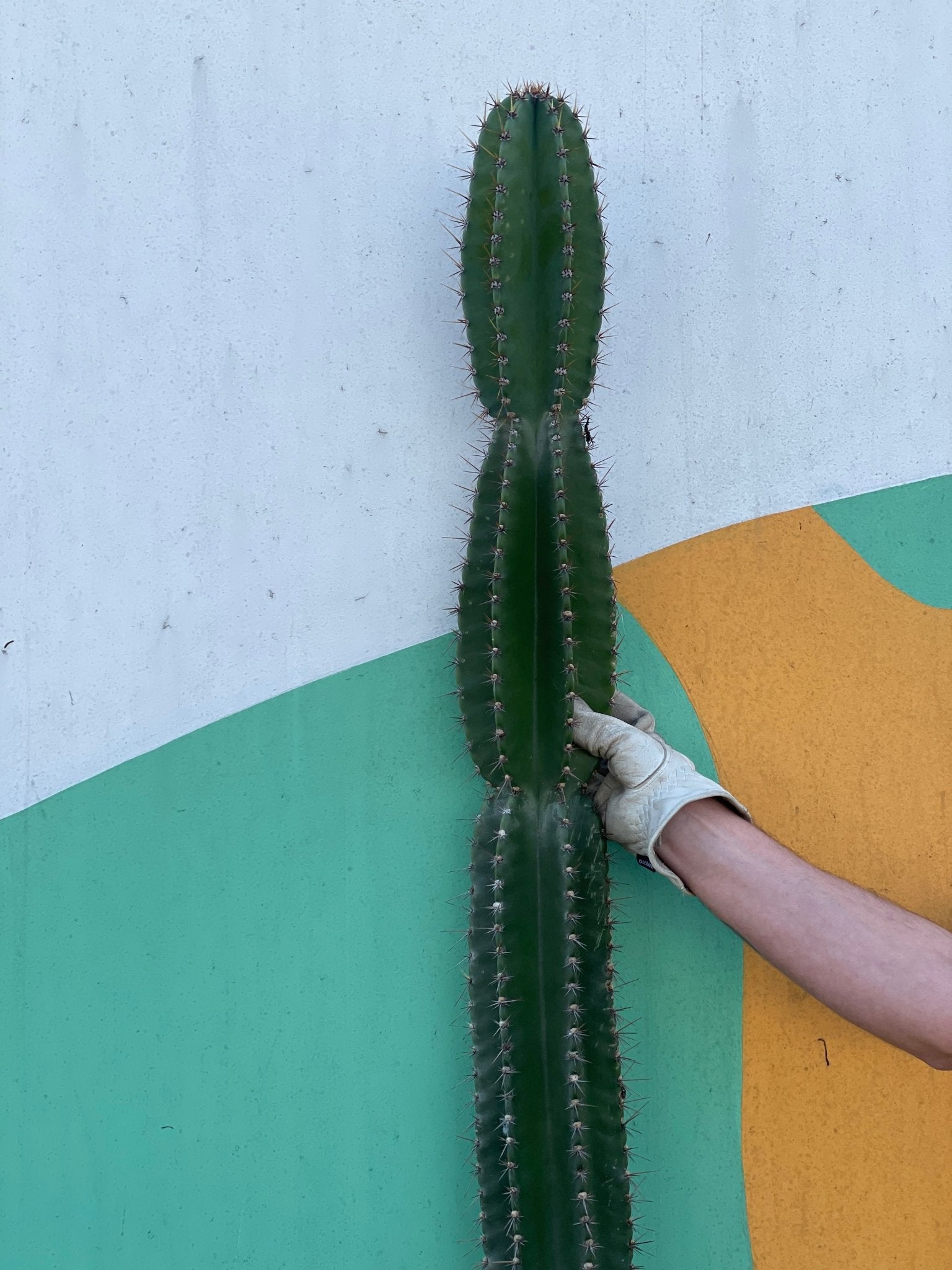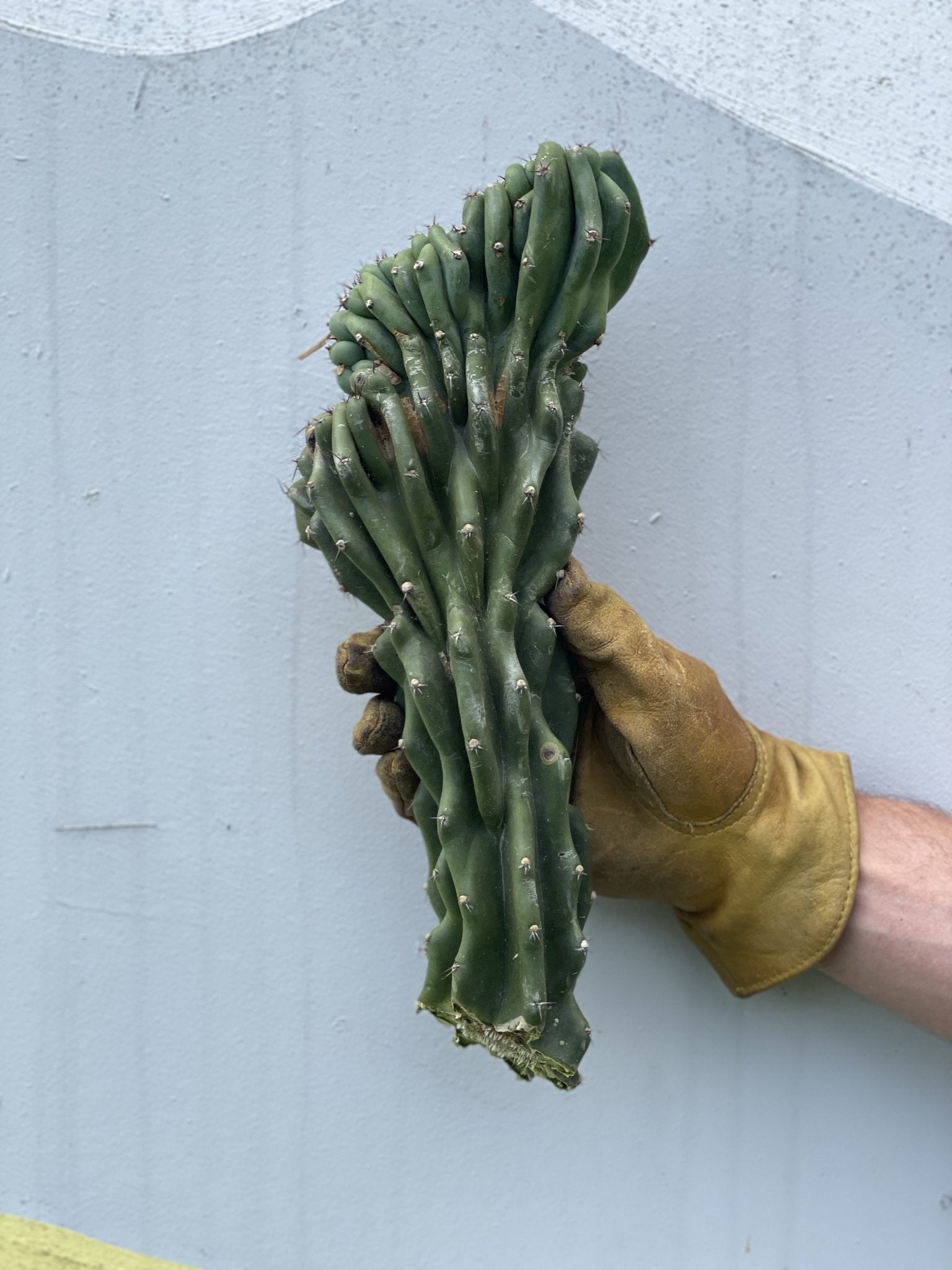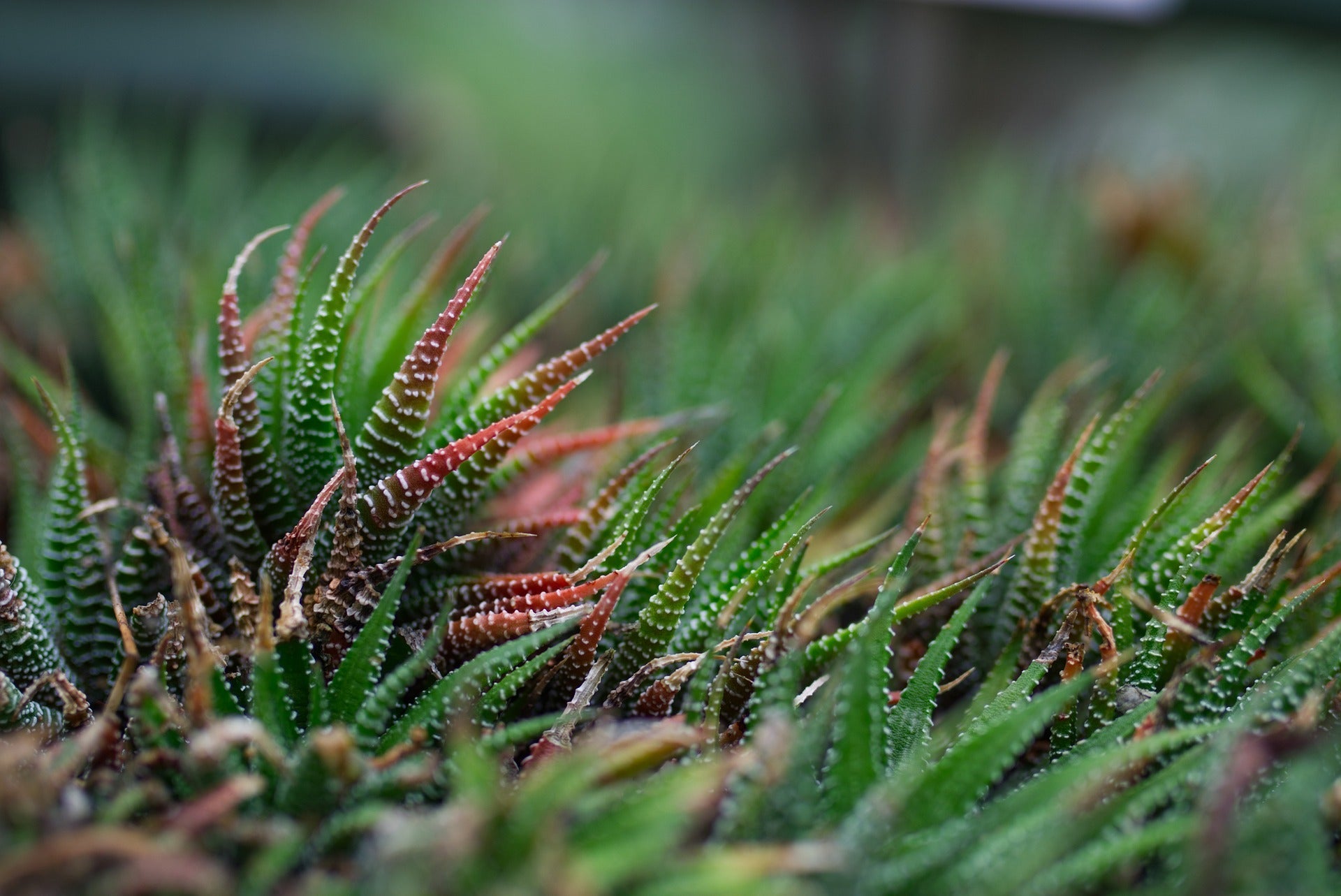Have you ever wondered how humidity levels can affect your beloved cacti? Let's dive into the fascinating relationship between humidity and these resilient desert plants.
Understanding Cacti's Natural Habitat
Cacti are well-known for their ability to thrive in arid environments with low humidity levels. In their natural habitat, such as the deserts of the American Southwest, cacti have adapted to survive in dry conditions with minimal water availability.
The Role of Humidity in Cacti Care
When it comes to caring for cacti indoors, humidity levels play a crucial role in their overall health. While cacti are drought-tolerant plants, excessively high humidity can lead to issues such as root rot and fungal diseases.
Optimal Humidity Levels for Cacti
For most cacti species, the ideal humidity range falls between 10% to 30%. This low humidity mimics their natural environment and helps prevent moisture-related problems. It's important to provide adequate ventilation to reduce humidity levels, especially in enclosed spaces.
Signs of High Humidity Stress
If your cacti are exposed to high humidity levels, you may notice signs of stress such as yellowing or mushy stems, wilting, or an unpleasant odor. These symptoms indicate that the humidity levels are too high, and adjustments need to be made to prevent further damage.
Managing Humidity for Healthy Cacti
To create an optimal environment for your cacti, consider using a dehumidifier in rooms with high humidity or placing a fan near your plants to improve air circulation. Additionally, avoid overwatering your cacti, as excess moisture in the soil can contribute to high humidity levels.
By understanding the impact of humidity on cacti and taking proactive measures to control moisture levels, you can ensure that your desert plants thrive in a healthy and balanced environment. Remember, when it comes to caring for cacti, finding the right balance is key to their long-term well-being.












Leave a comment